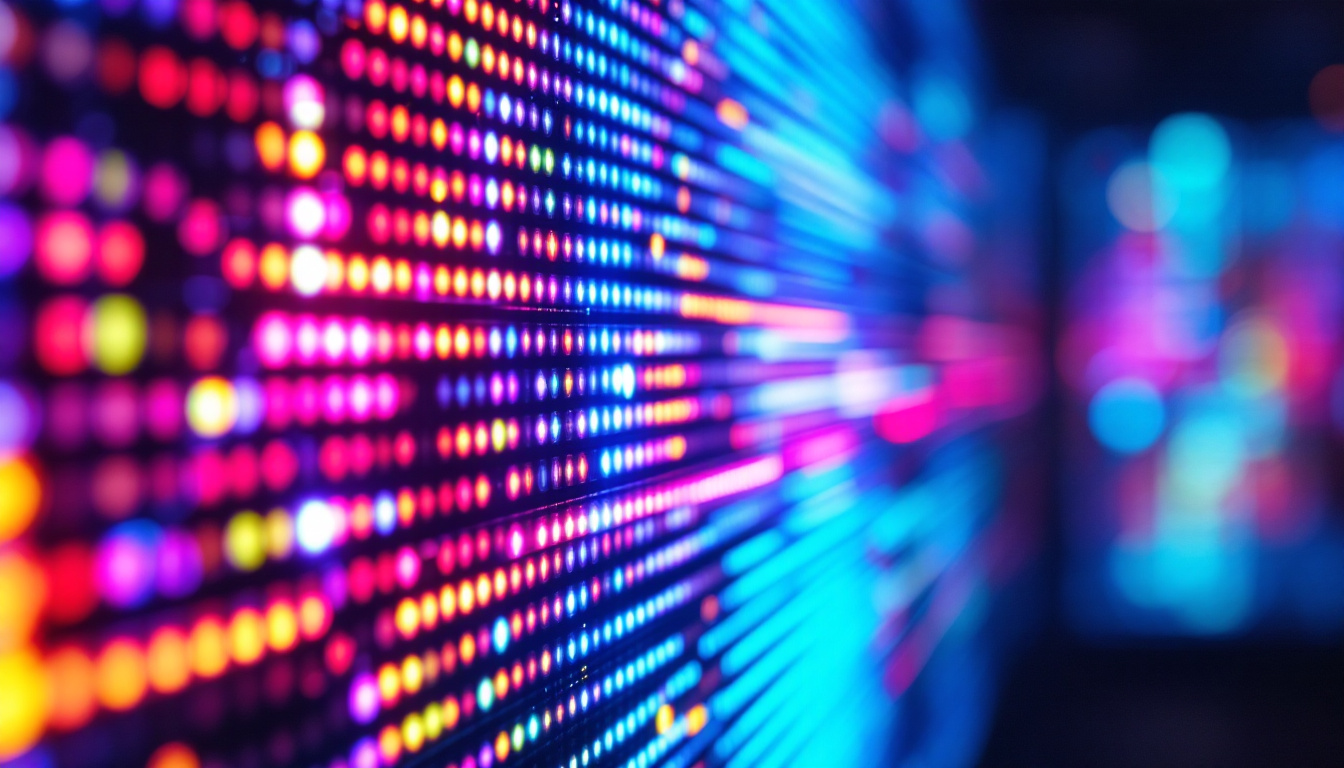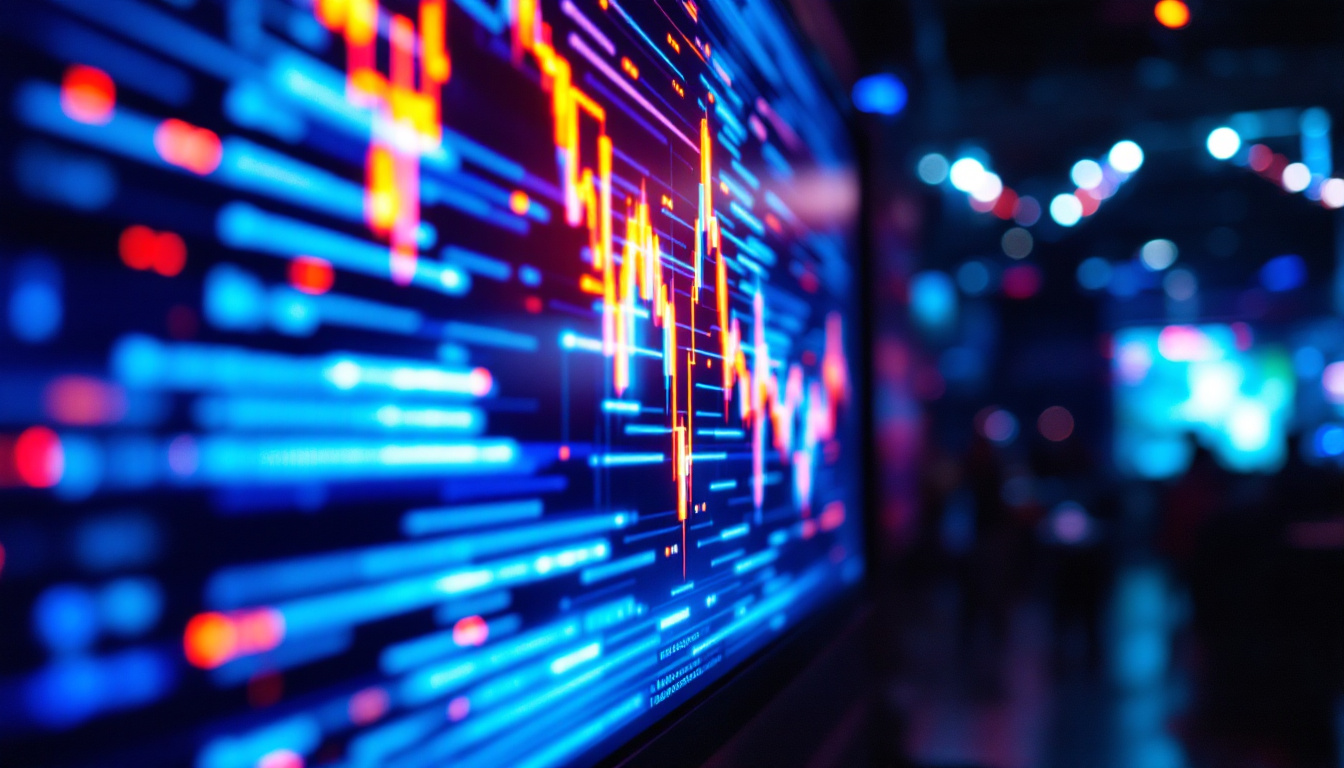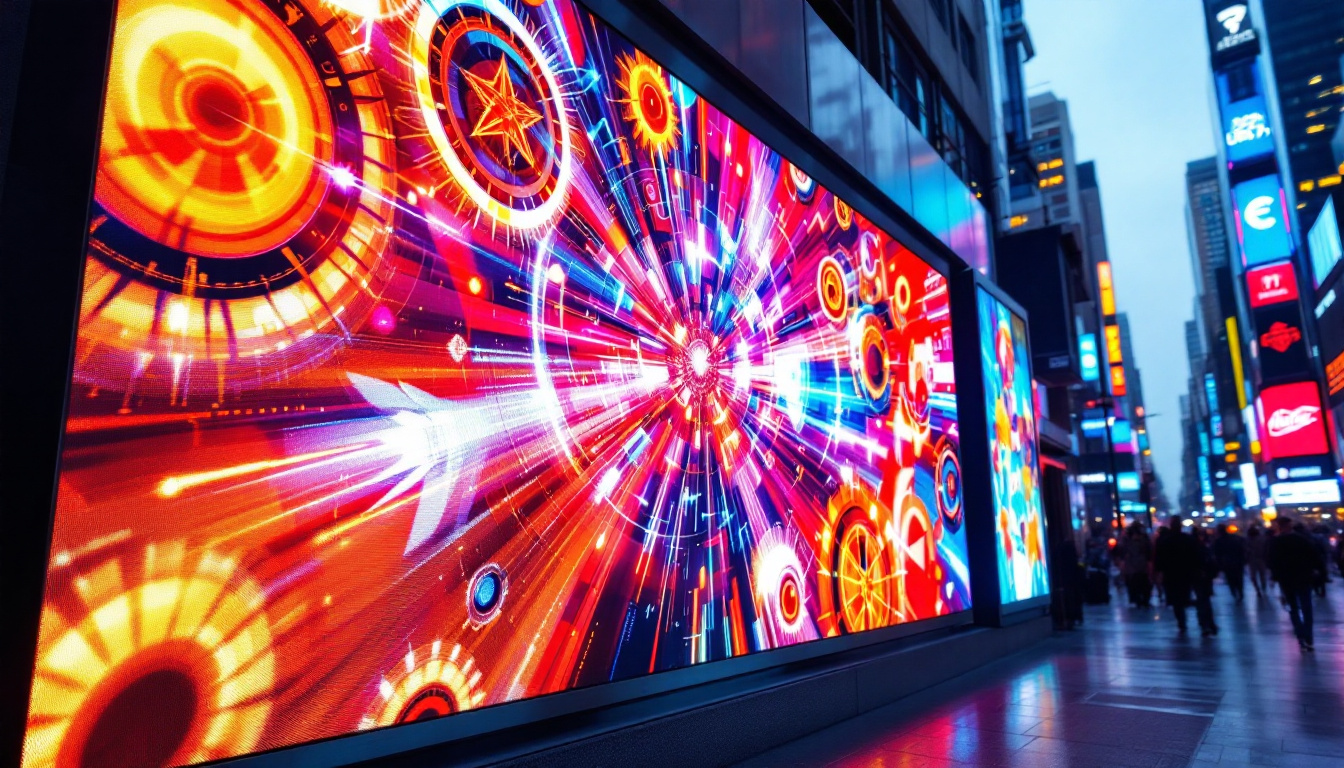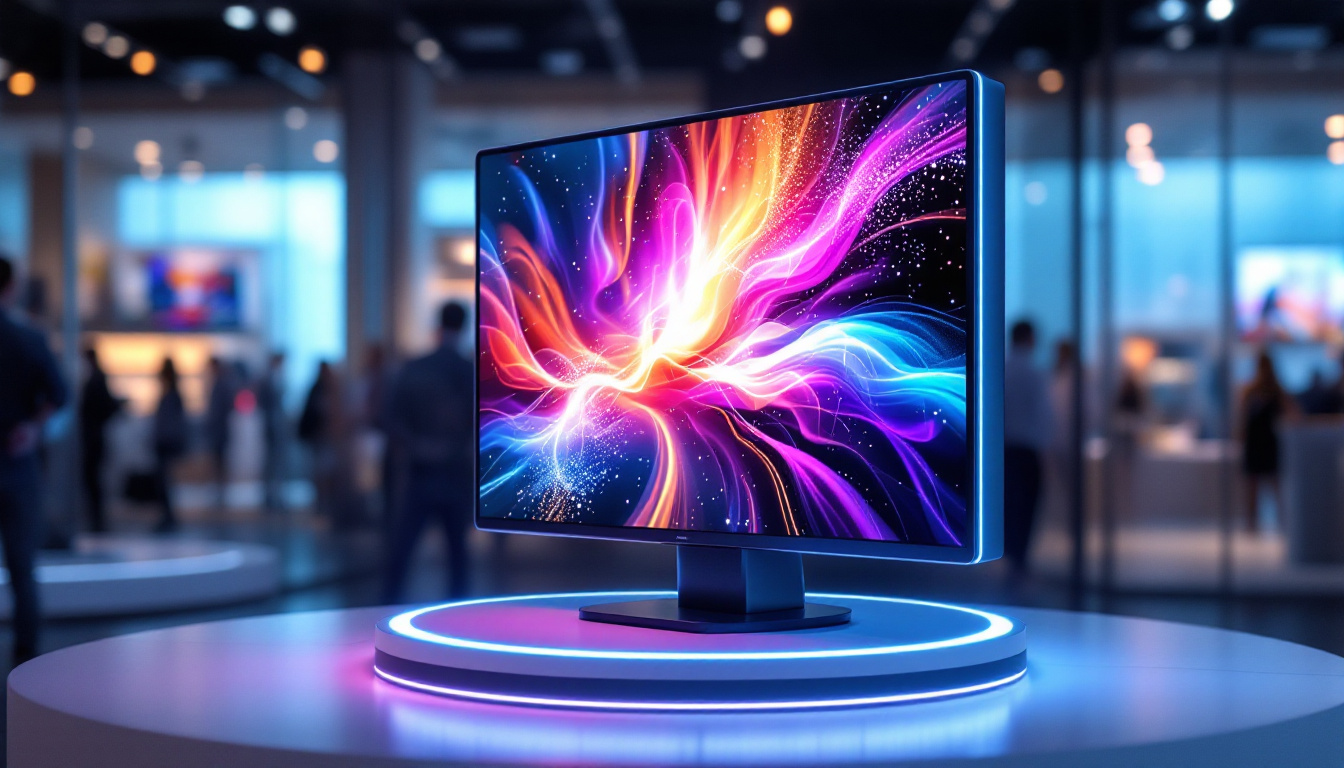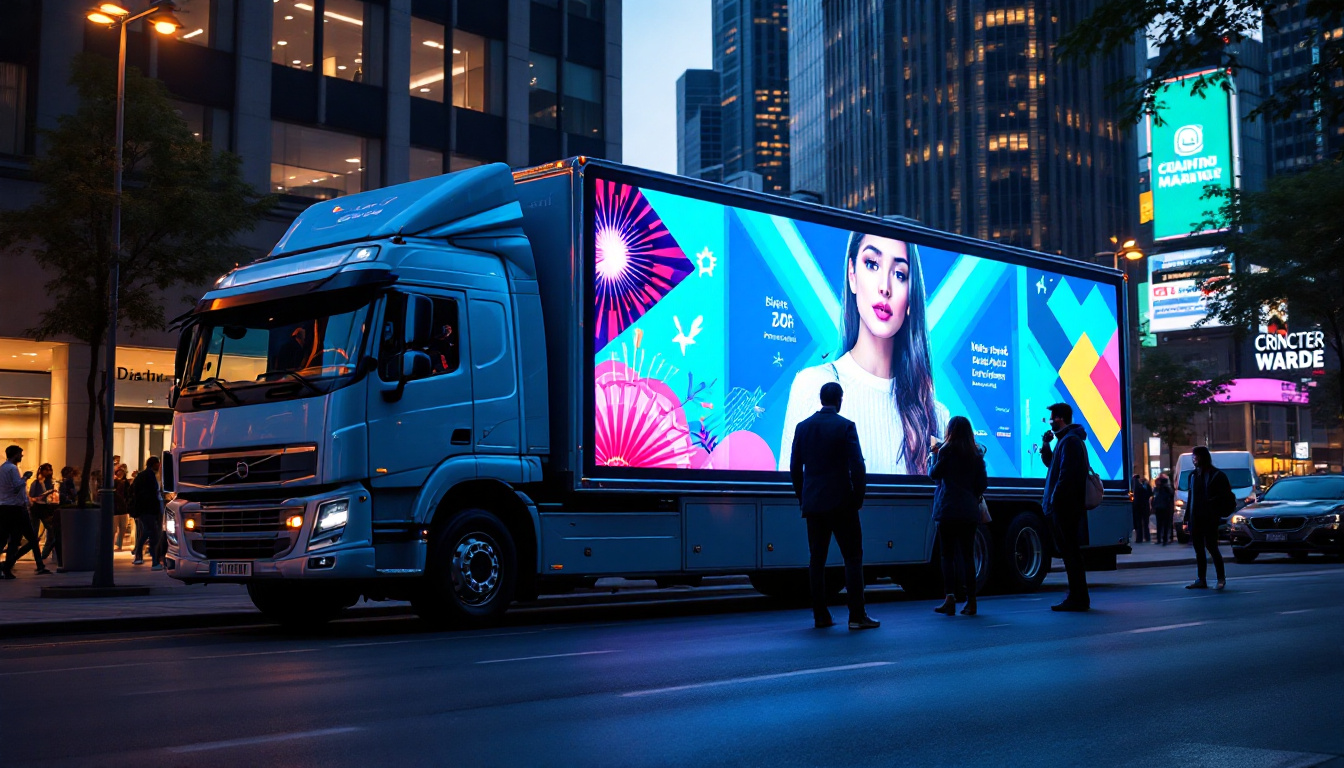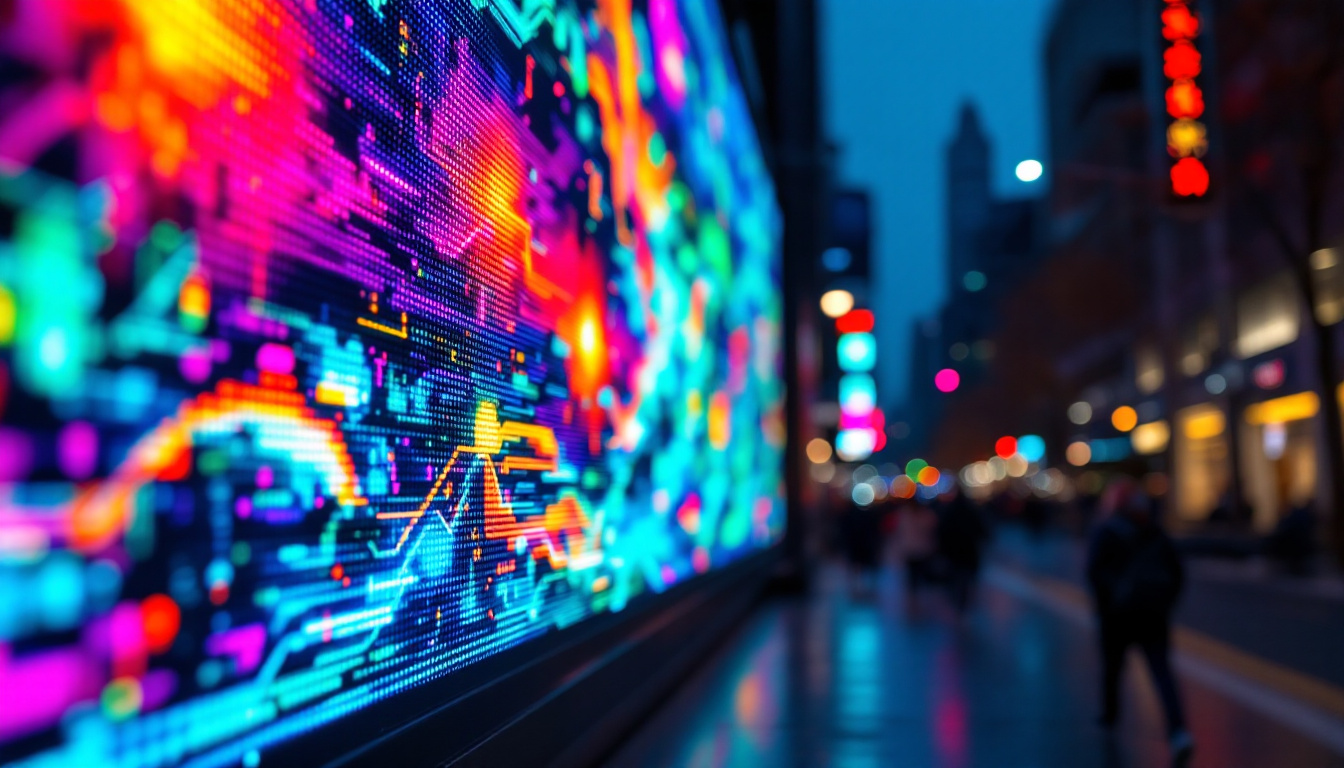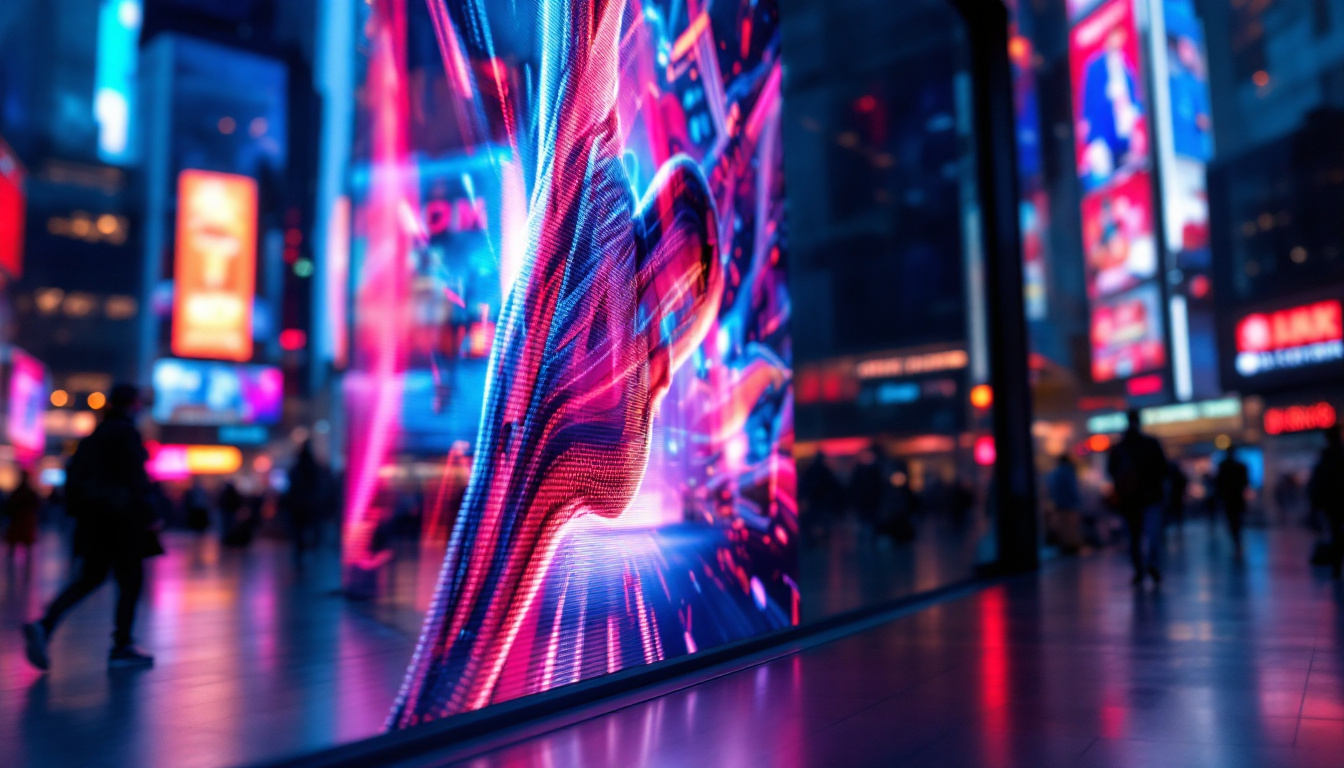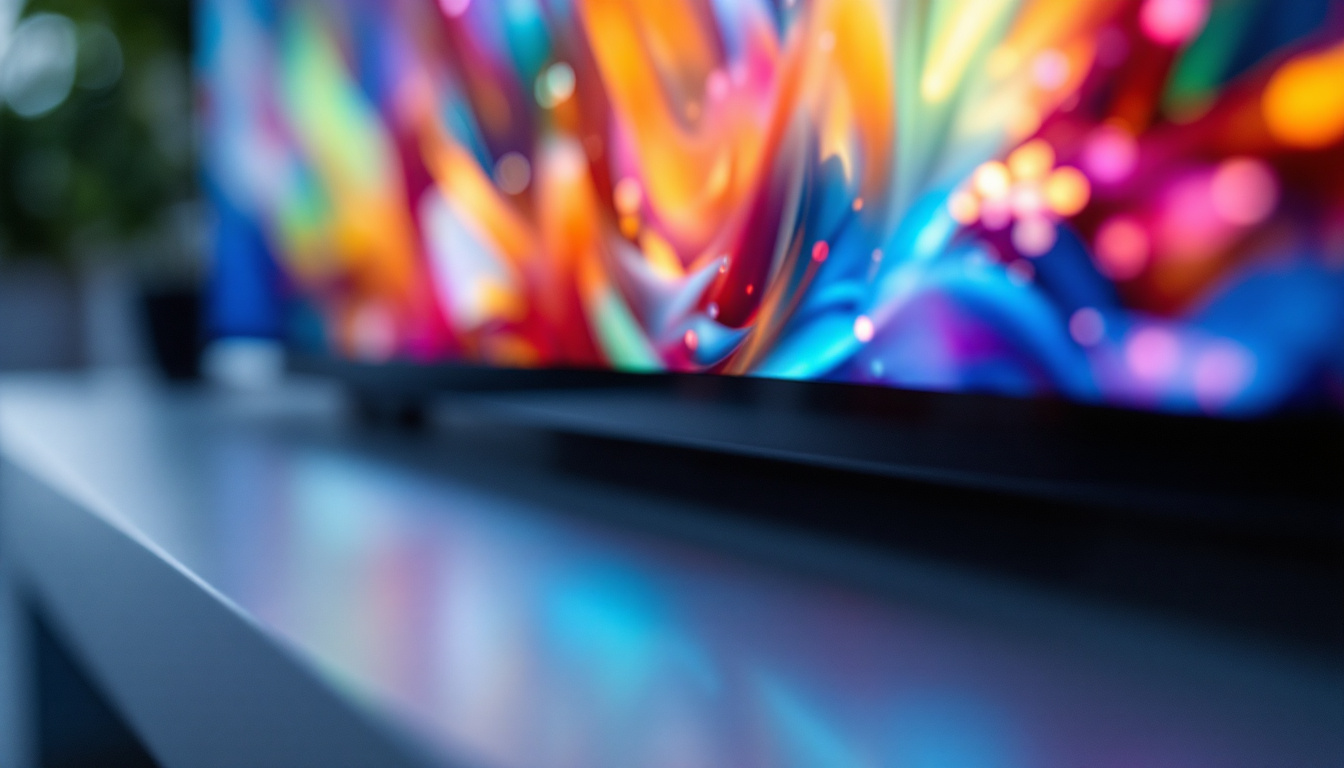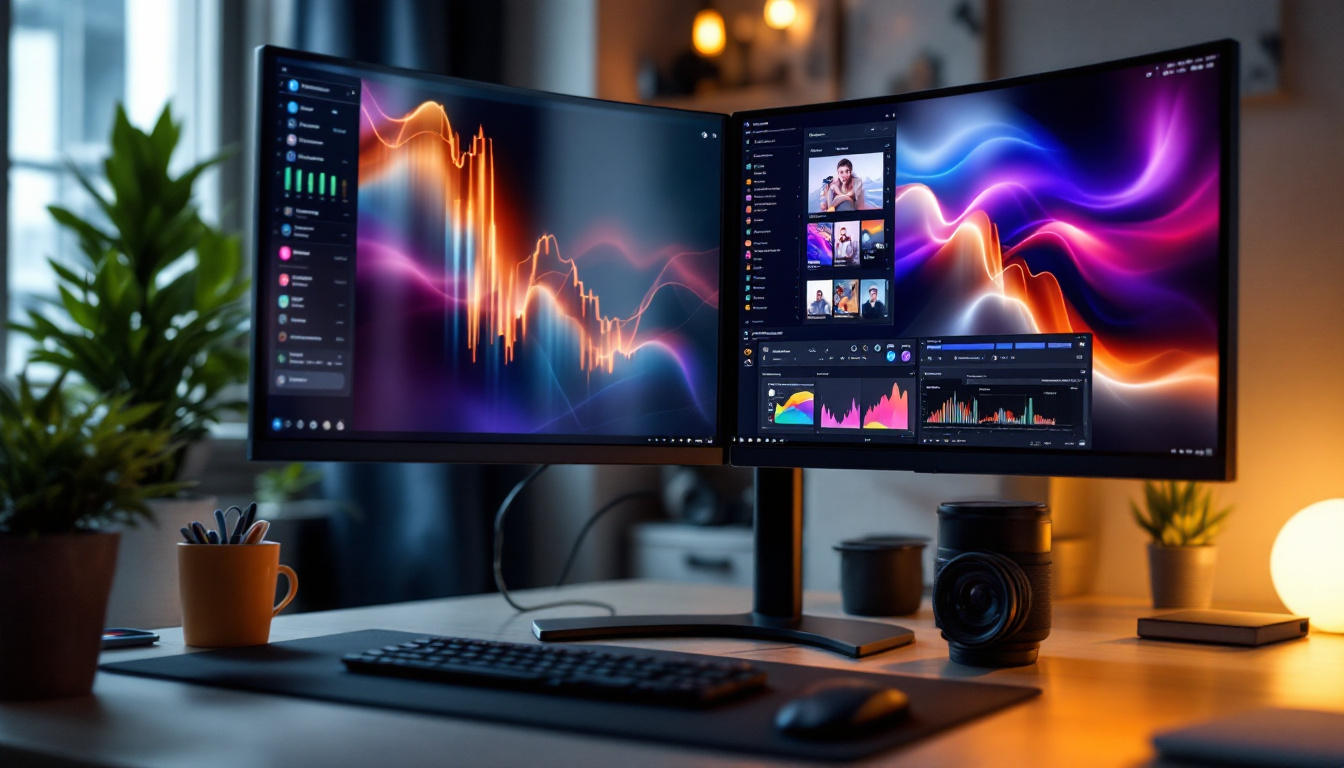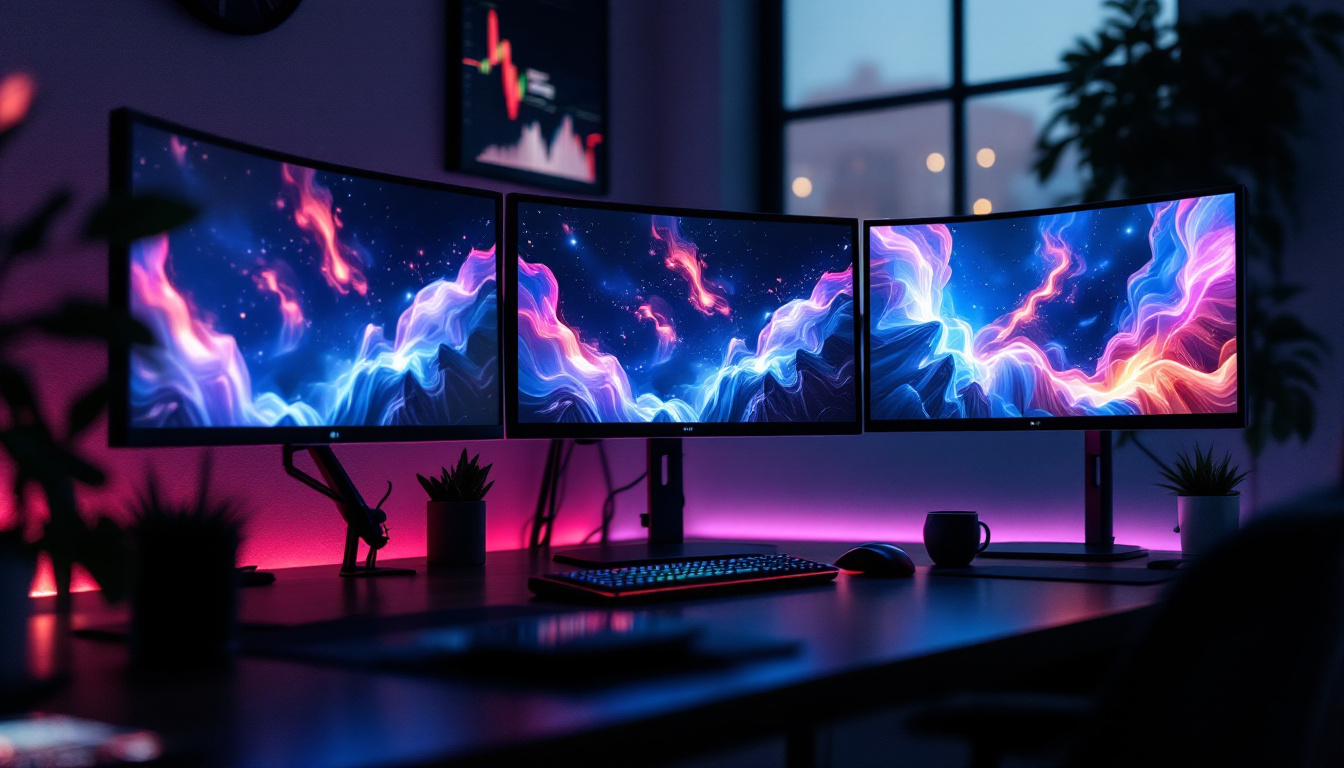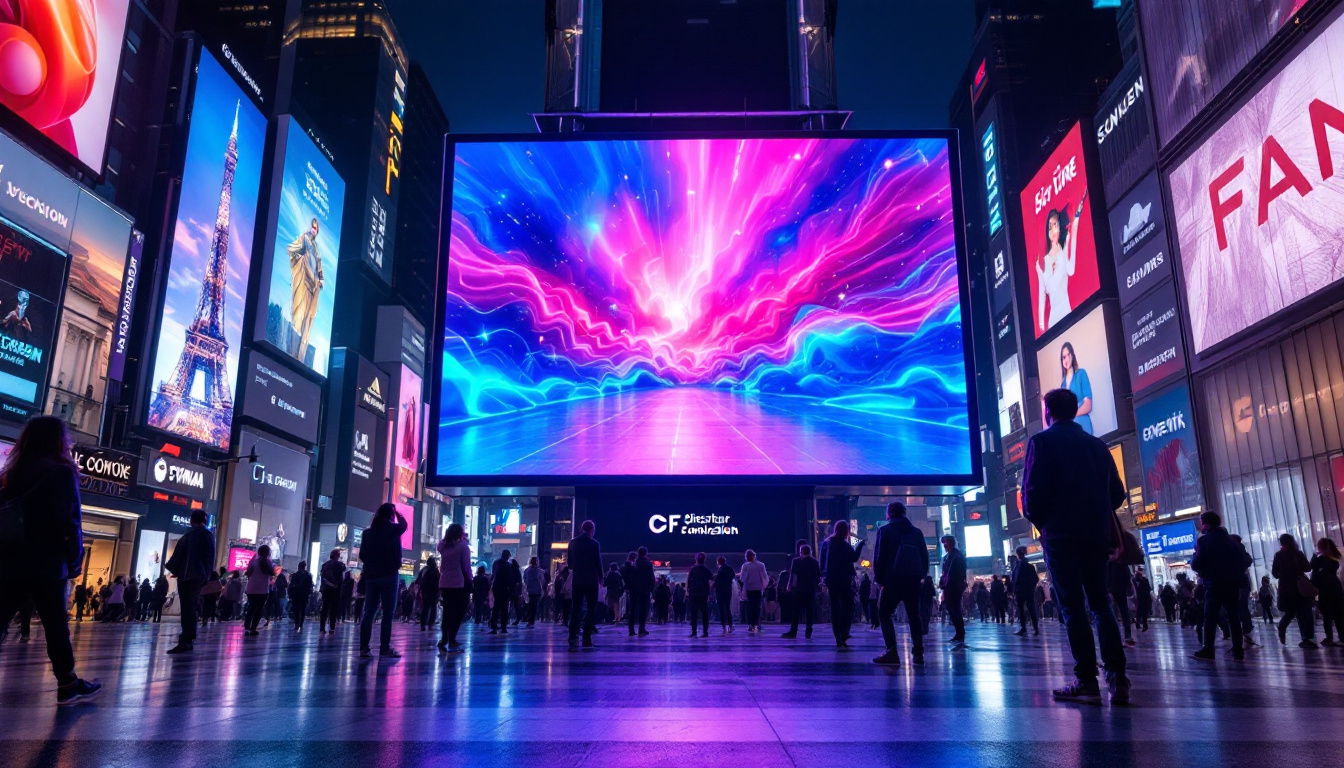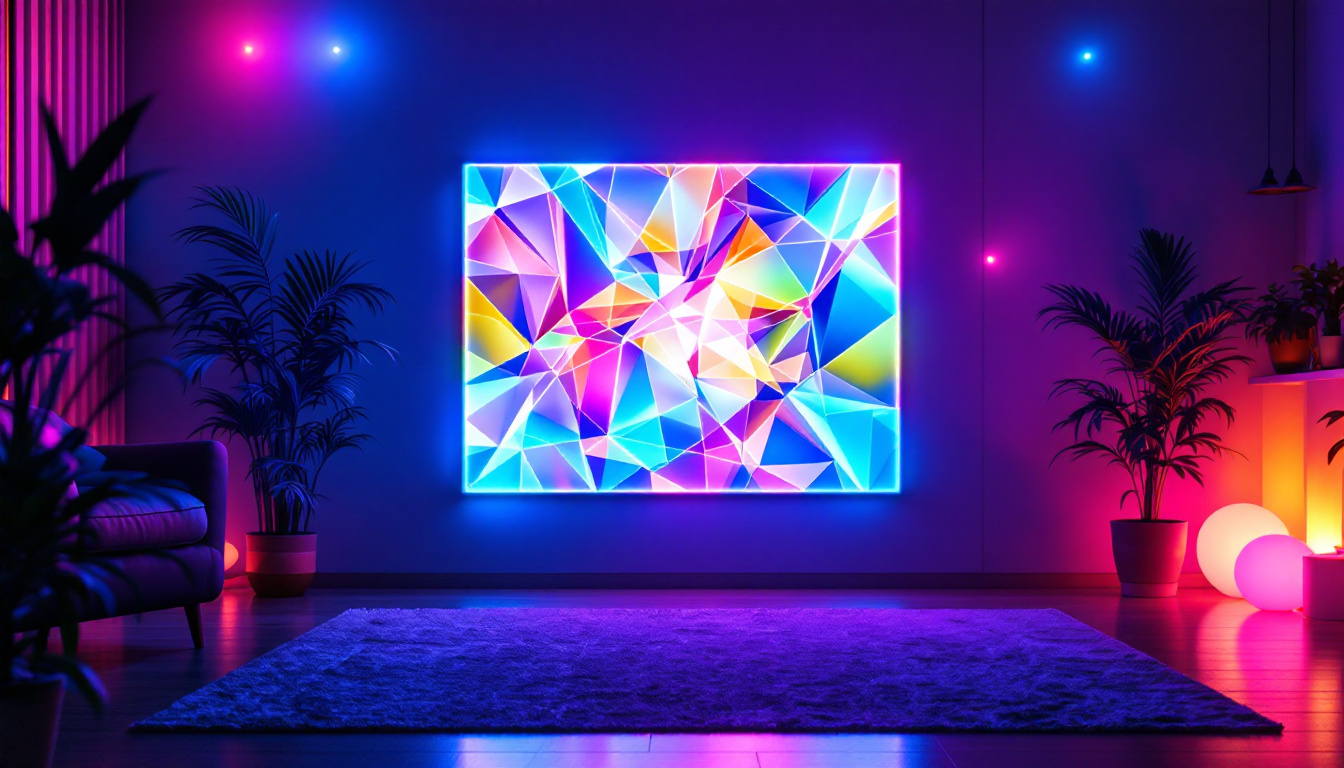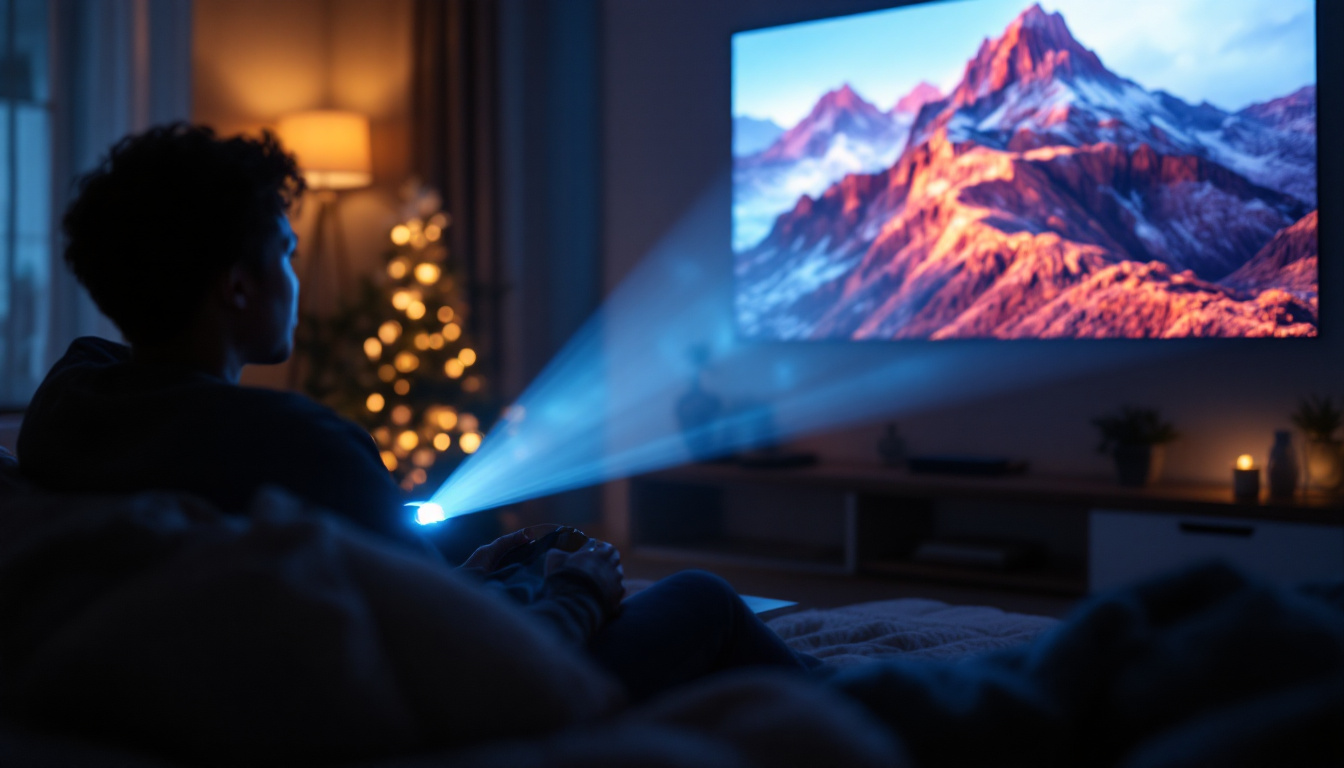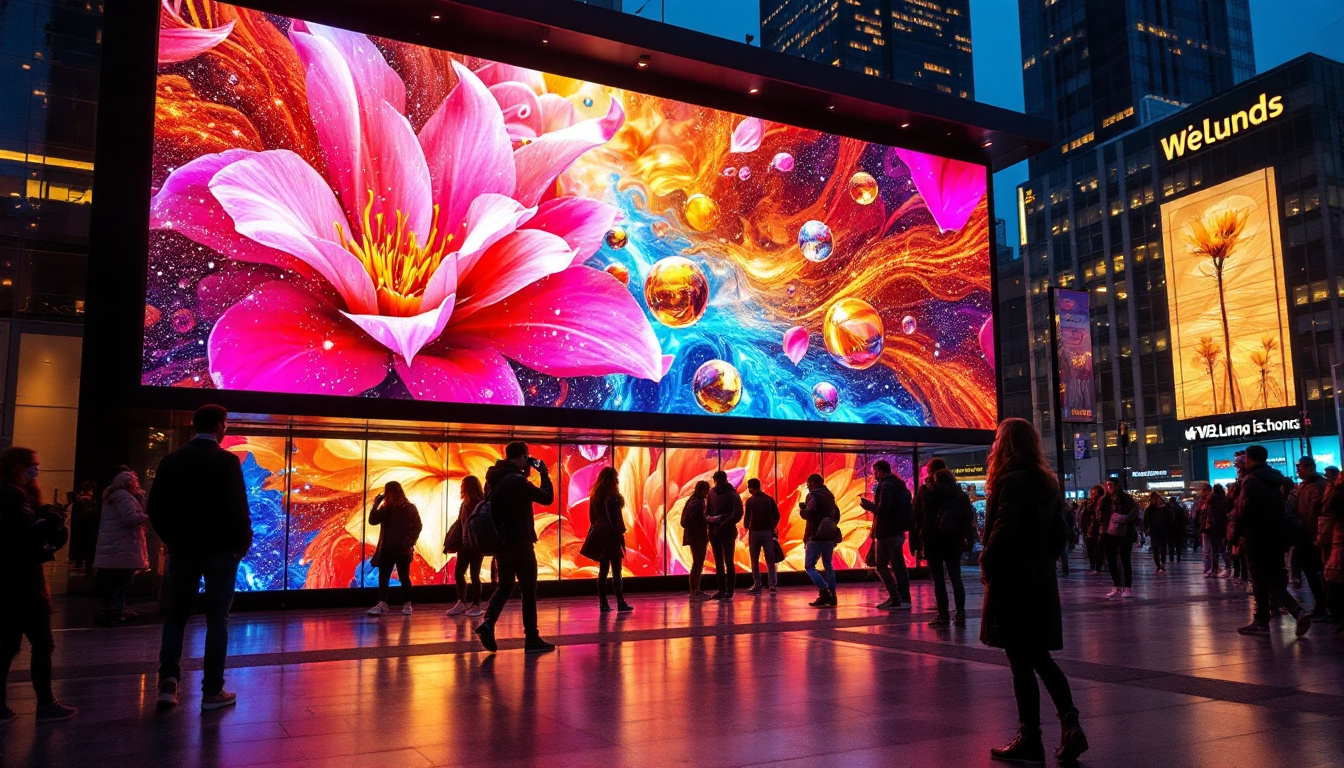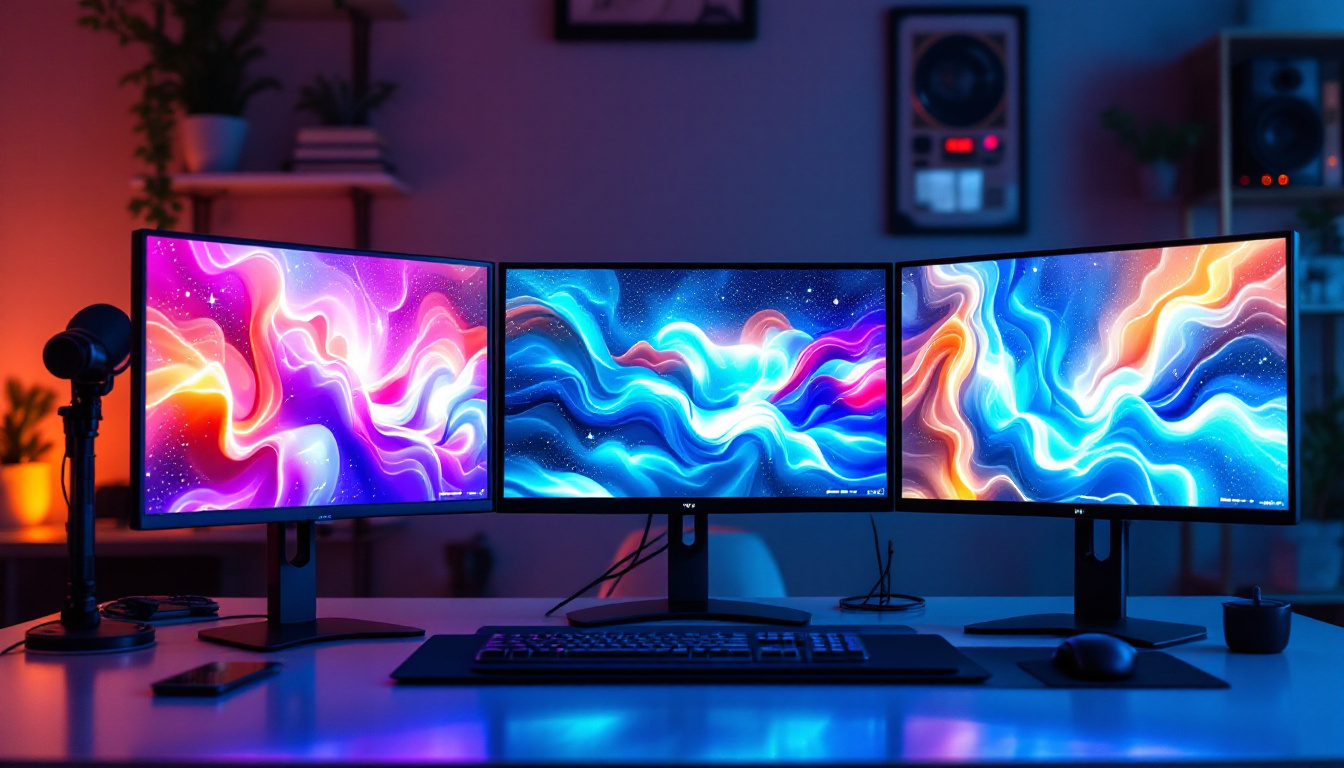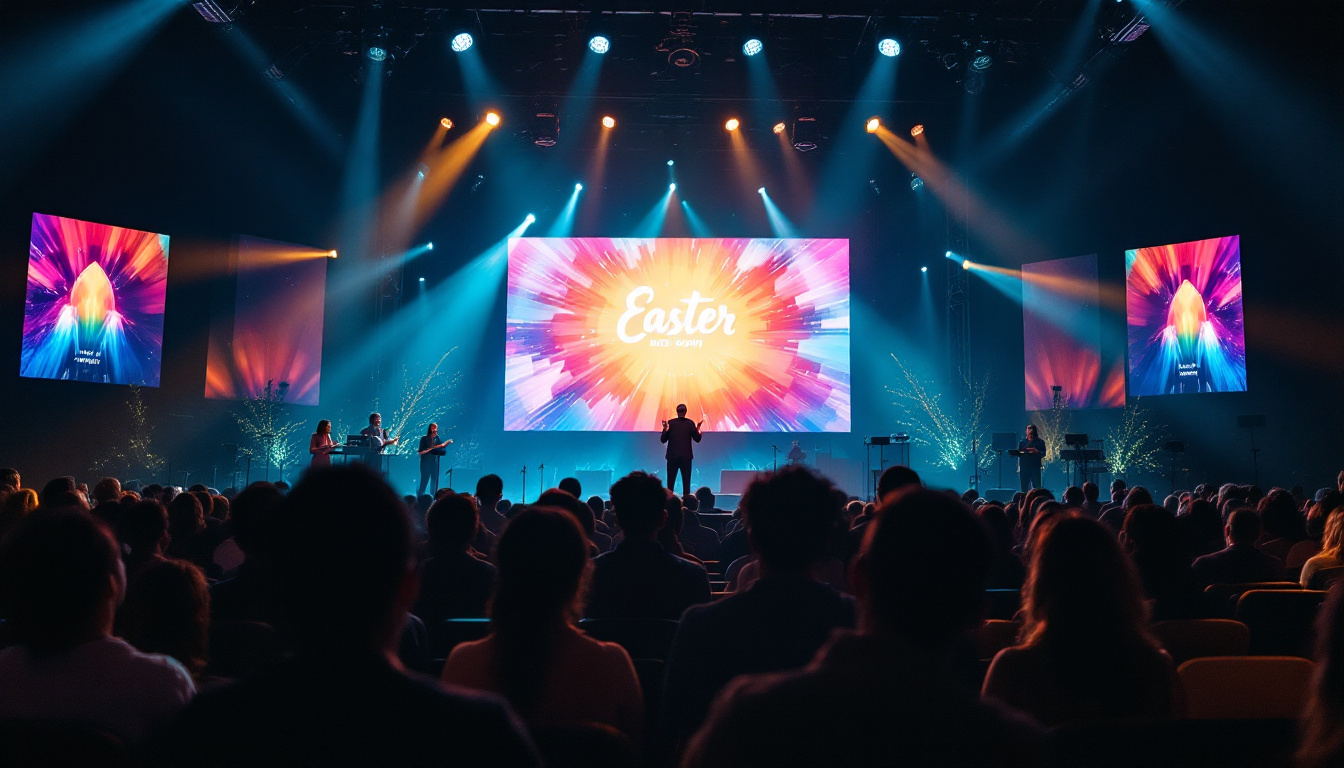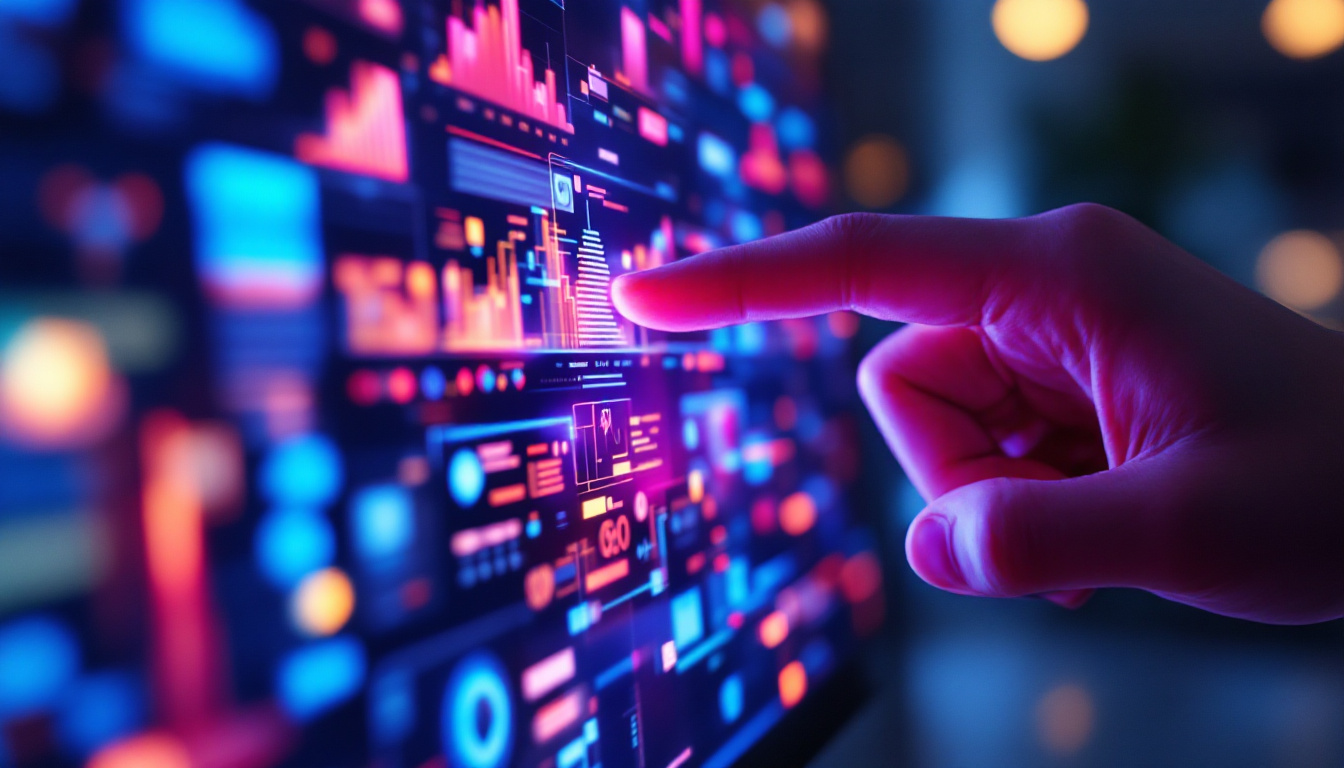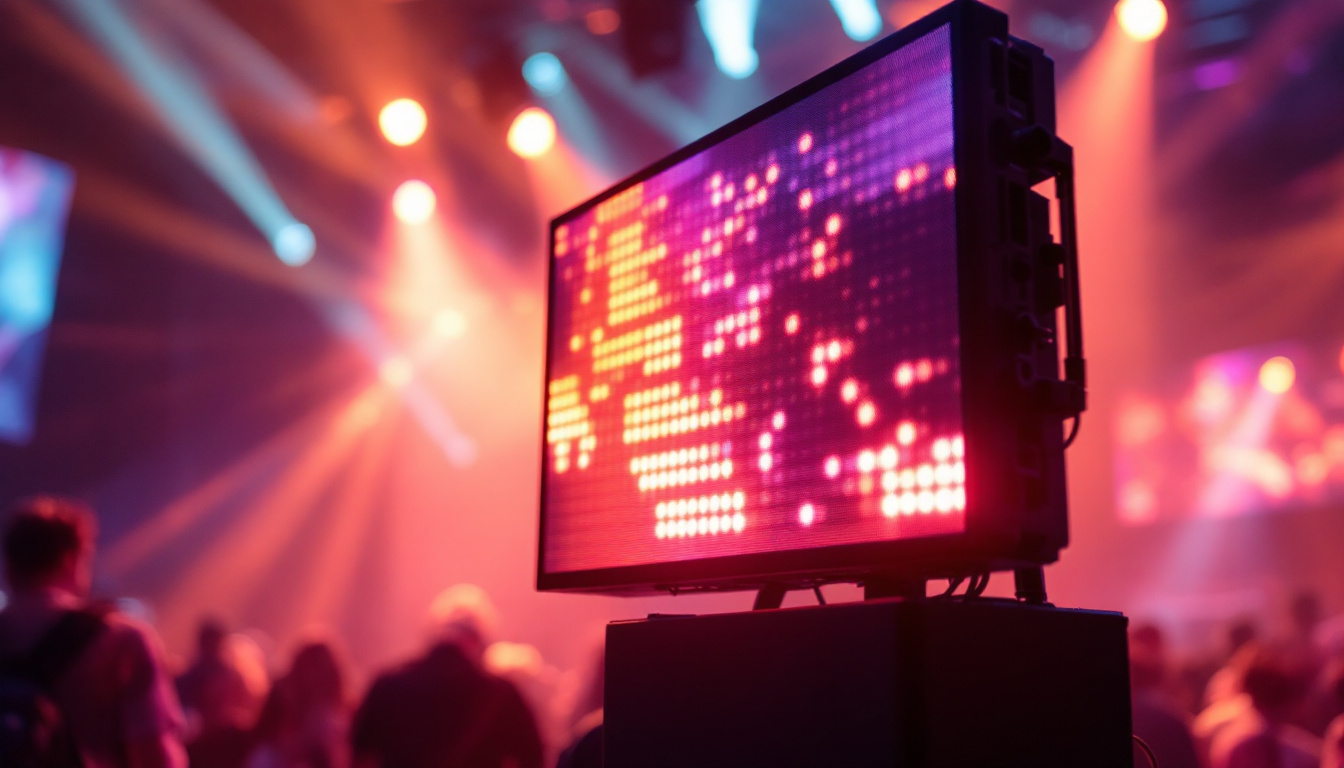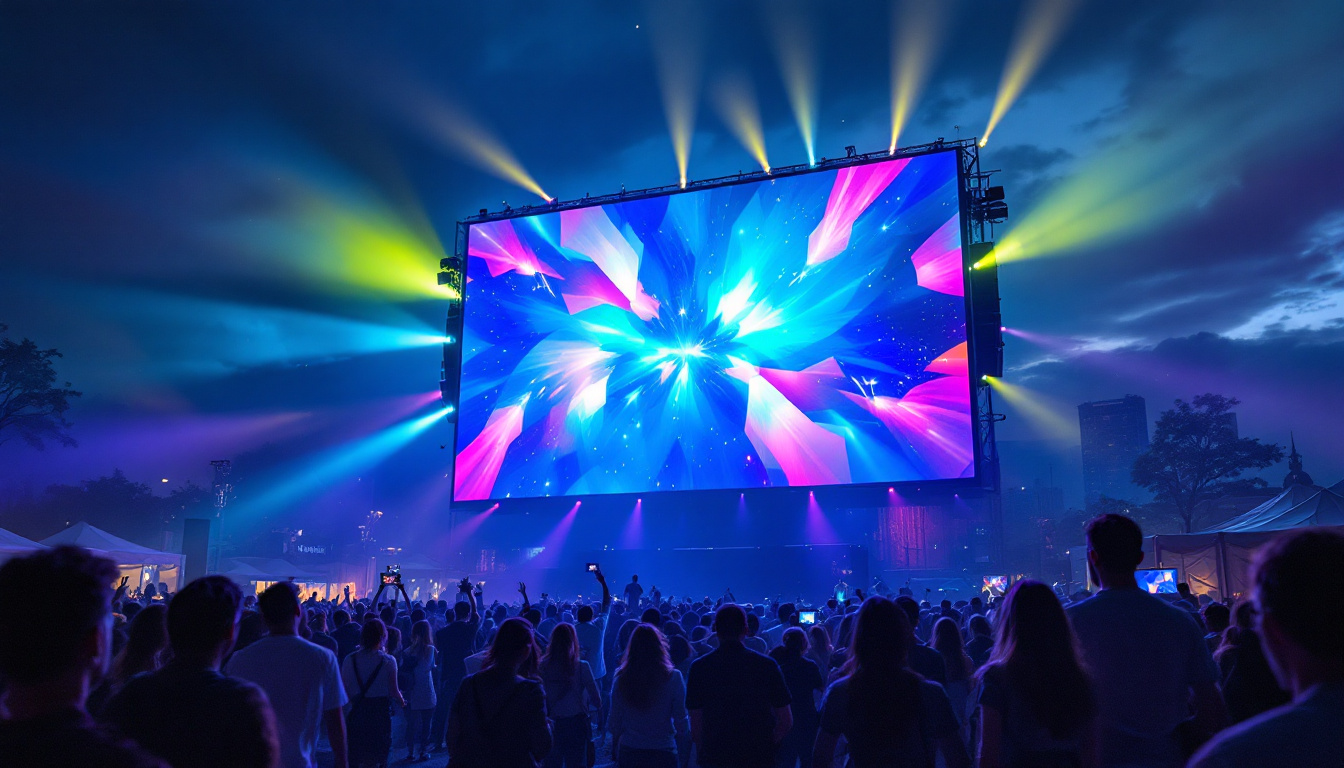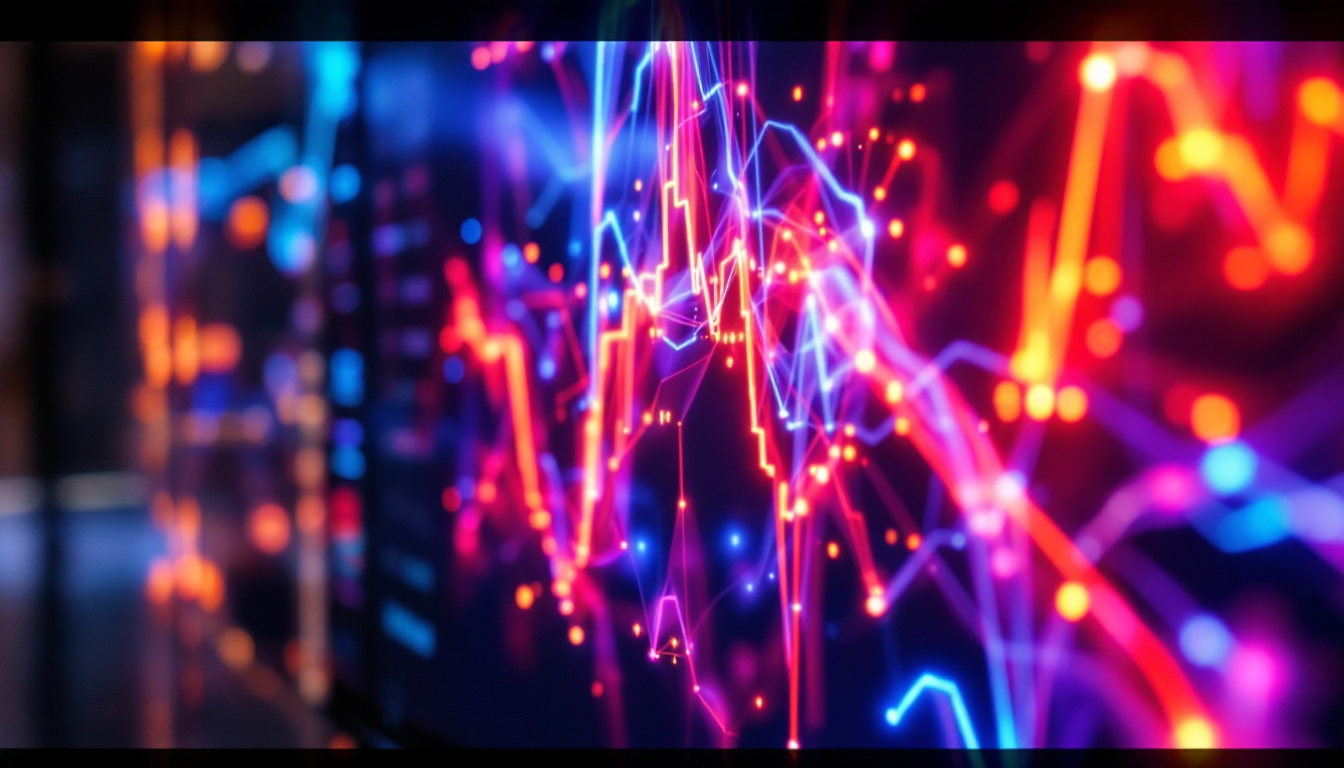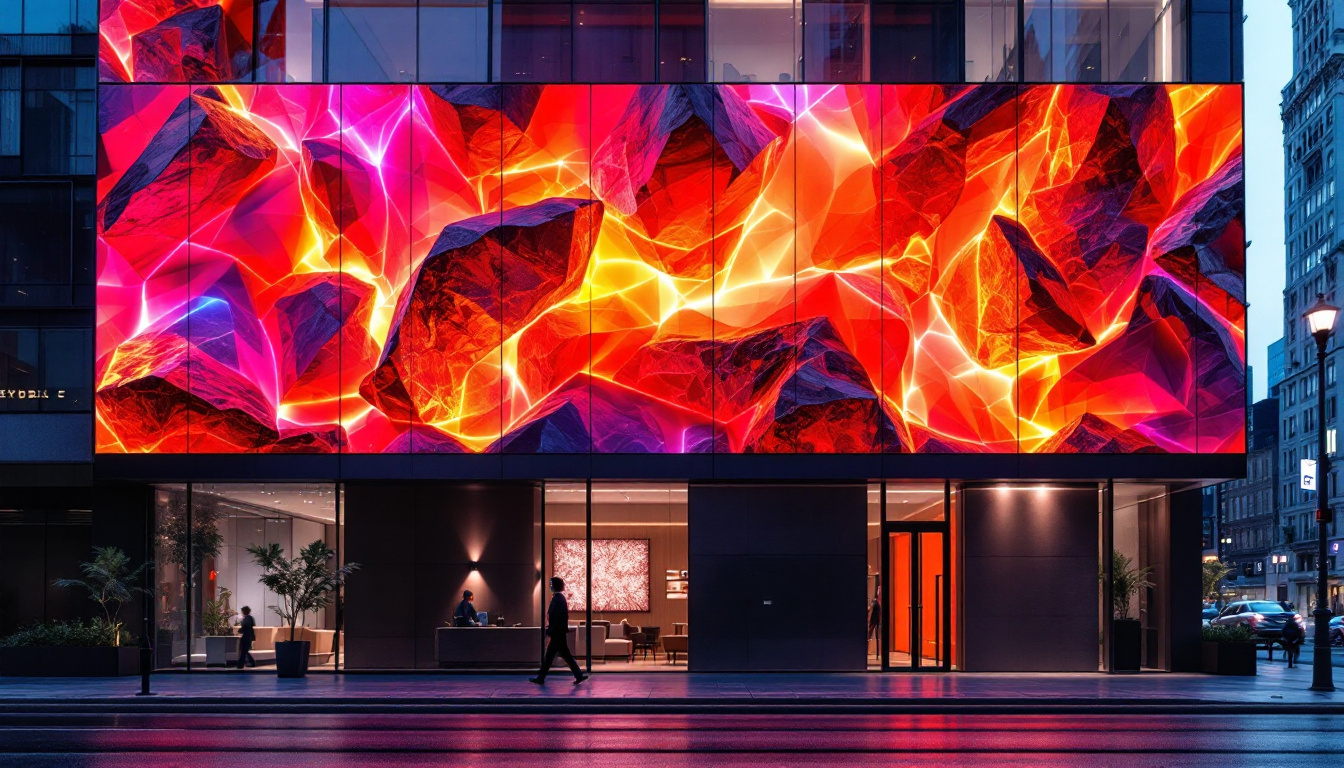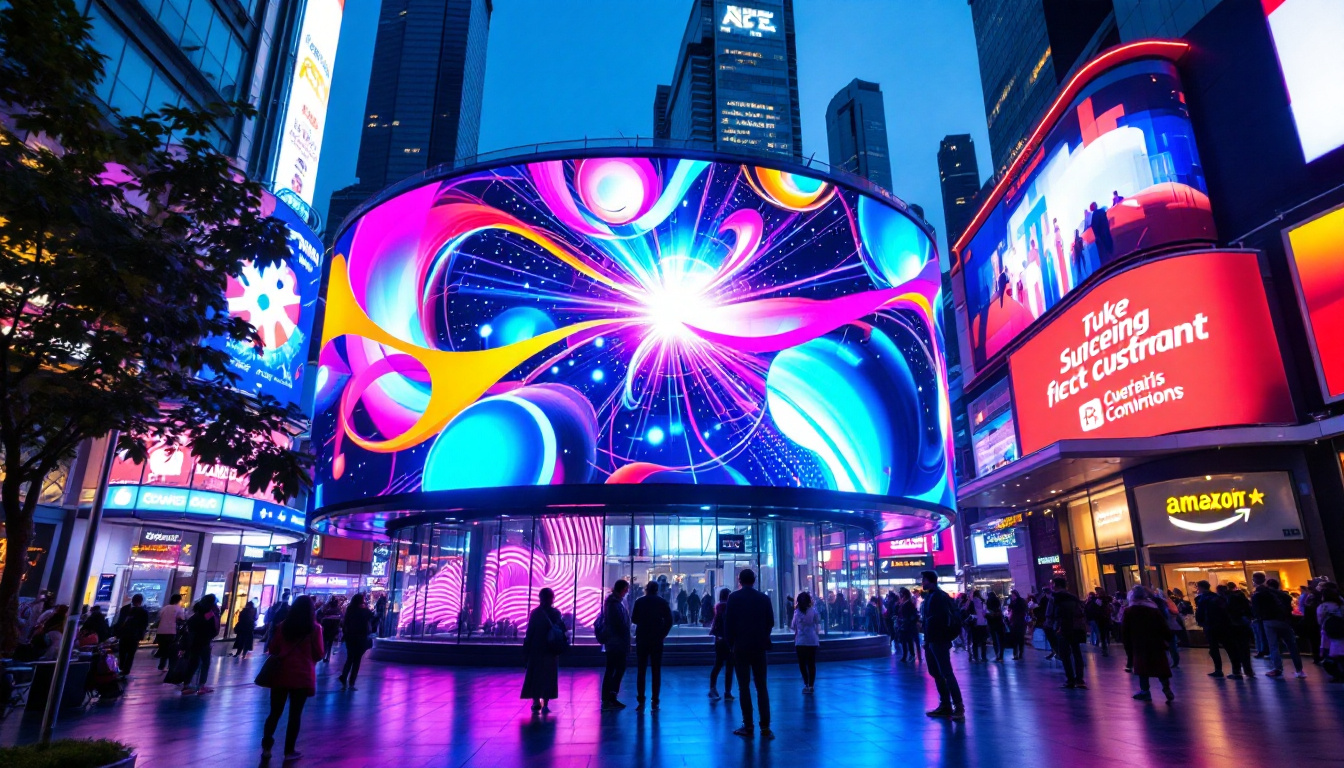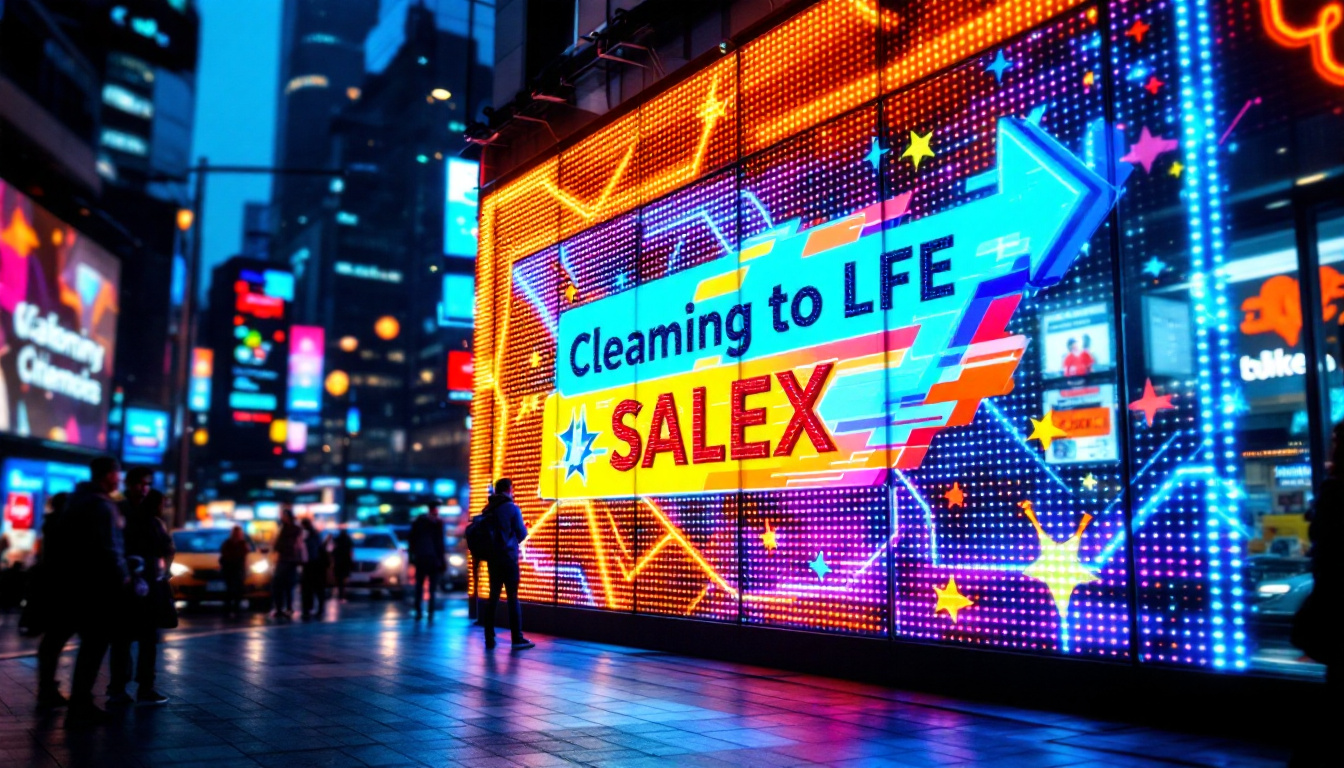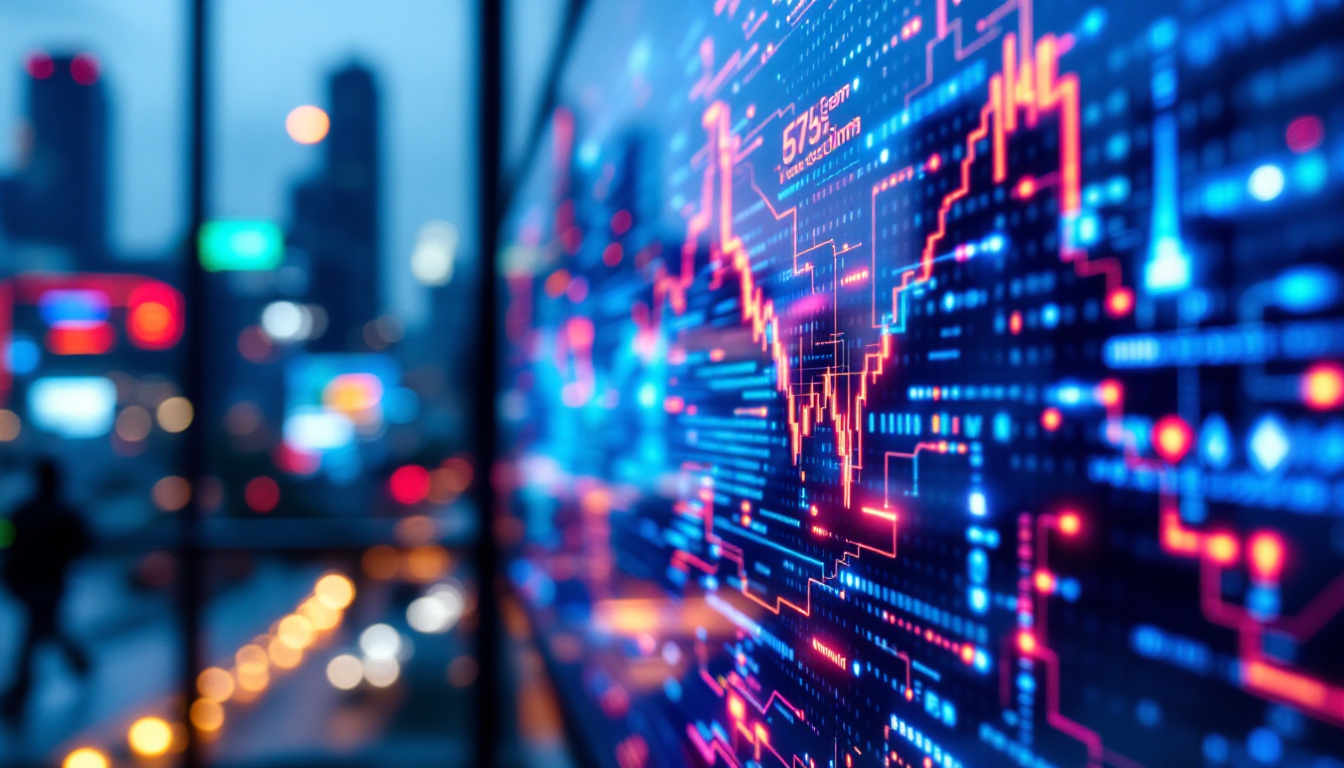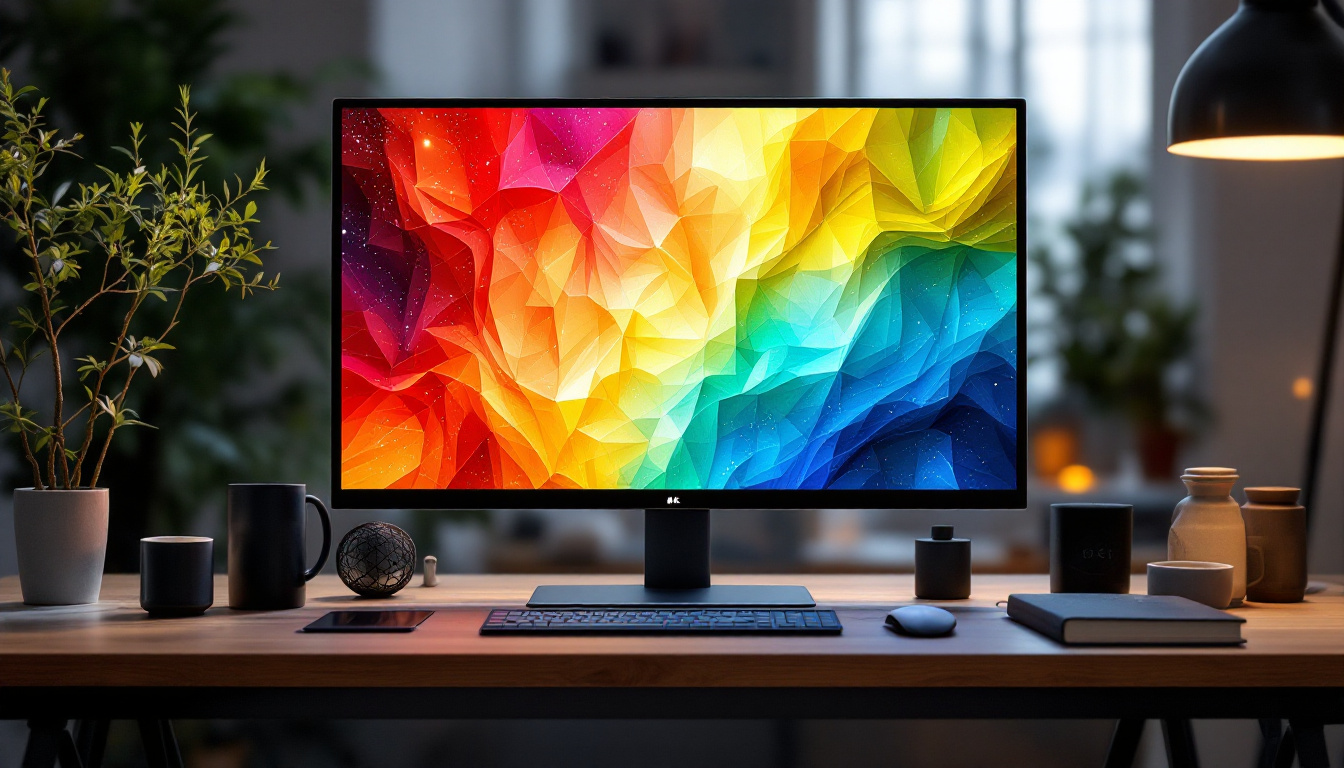In the rapidly evolving world of technology, rental monitoring solutions have emerged as a crucial aspect of event management and advertising. Among these solutions, LED displays have gained significant traction due to their versatility, visual appeal, and effectiveness in communication. This article delves into the intricacies of LED display technology, its applications in rental monitoring, and the benefits it brings to businesses and event organizers.
Understanding LED Displays
LED (Light Emitting Diode) displays are electronic screens that utilize LED technology to produce images and videos. They are widely used in various settings, from large outdoor billboards to small indoor screens. The fundamental principle behind LED displays is the emission of light when an electric current passes through a semiconductor material. This technology has revolutionized the way we experience visual media, offering brighter, more energy-efficient alternatives to traditional display technologies like LCD and plasma.
Types of LED Displays
There are several types of LED displays, each designed for specific applications. The most common types include:
- Direct View LED Displays: These displays are made up of individual LED modules that can be assembled to create large screens. They are often used in outdoor advertising and large events, providing high visibility even in bright sunlight.
- LED Video Walls: Comprising multiple LED panels, video walls provide a seamless display experience. They are ideal for concerts, conferences, and exhibitions, where dynamic visuals are essential for engaging audiences.
- Flexible LED Displays: These are lightweight and can be bent or shaped to fit various configurations. They are perfect for creative installations and unique event setups, allowing designers to push the boundaries of conventional display formats.
How LED Displays Work
LED displays operate by controlling the intensity of light emitted from individual LEDs. Each pixel on the screen consists of red, green, and blue (RGB) LEDs, which combine to create a full spectrum of colors. By adjusting the brightness of each LED, the display can render images and videos with remarkable clarity and vibrancy. This capability allows for stunning visual effects, making LED displays a popular choice for artistic installations and advertising.
The resolution of an LED display is determined by the pixel pitch, which is the distance between the centers of two adjacent pixels. A smaller pixel pitch results in higher resolution and better image quality, making it suitable for close viewing distances. Additionally, advancements in LED technology have led to the development of high dynamic range (HDR) displays, which enhance contrast and color accuracy, further elevating the viewing experience.
In recent years, the integration of smart technology into LED displays has transformed their functionality. Many modern LED displays now come equipped with features such as touch interactivity, real-time data integration, and even artificial intelligence capabilities. This evolution allows businesses to create more engaging and personalized experiences for their audiences, whether through interactive advertising or immersive environments at events. As LED technology continues to advance, we can expect even more innovative applications that will redefine how we interact with visual content.
The Role of LED Displays in Rental Monitoring Solutions
Rental monitoring solutions leverage the capabilities of LED displays to enhance visibility and communication during events. These displays serve multiple functions, from advertising and branding to providing real-time information and entertainment.
Event Promotion and Branding
One of the primary uses of LED displays in rental monitoring is for event promotion. High-resolution screens can showcase promotional content, including videos, images, and animations, attracting attendees’ attention. This dynamic content can be updated in real-time, allowing for flexibility in messaging and ensuring that the information remains relevant throughout the event.
Moreover, LED displays can be customized to reflect the branding of the event or the sponsors involved. This not only enhances brand visibility but also creates a cohesive visual experience that resonates with the audience. The ability to incorporate logos, color schemes, and thematic elements into the display design strengthens brand recognition and fosters a deeper connection between the event and its participants.
In addition to traditional branding, LED displays can also feature interactive elements, such as social media feeds or live polls, which engage attendees and encourage participation. This interactivity not only amplifies the promotional efforts but also creates a sense of community among attendees, as they can see their contributions reflected on the screen in real-time.
Real-Time Information and Updates
In large events, managing information flow is crucial. LED displays can be used to provide real-time updates, such as schedules, speaker information, and emergency alerts. This functionality is particularly valuable in conferences and trade shows, where attendees need to navigate complex schedules and locations.
Additionally, LED displays can be integrated with event management software to automatically update content based on changes in the event timeline. This ensures that attendees are always informed, reducing confusion and enhancing their overall experience. The integration of such technology allows for seamless communication, ensuring that any last-minute changes are communicated effectively without the need for manual updates.
Furthermore, LED displays can also serve as a platform for showcasing attendee engagement metrics, such as the number of participants in various sessions or the most popular booths in a trade show. This not only provides valuable insights for event organizers but also encourages attendees to explore different aspects of the event, enhancing their overall experience. By displaying this type of information, LED screens become not just a source of updates, but also a tool for fostering interaction and engagement among participants, making the event more dynamic and enjoyable for everyone involved.
Benefits of Using LED Displays in Rental Monitoring
The adoption of LED displays in rental monitoring solutions offers numerous advantages for event organizers and businesses. Understanding these benefits can help stakeholders make informed decisions when planning their events.
Enhanced Visibility
One of the standout features of LED displays is their brightness and visibility, even in daylight. This makes them ideal for outdoor events where traditional screens might struggle to be seen. The vibrant colors and high contrast ratios of LED displays ensure that messages are communicated effectively, regardless of the lighting conditions. This capability is particularly beneficial during large gatherings, such as concerts or festivals, where attendees are spread out over a wide area and need to easily view important information or live feeds. The ability to capture attention from a distance can significantly enhance audience engagement and participation.
Cost-Effectiveness
While the initial investment in LED technology may seem significant, the long-term cost-effectiveness is undeniable. LED displays are energy-efficient, consuming less power than traditional display technologies. Additionally, their durability and low maintenance requirements contribute to reduced operational costs over time. This durability is particularly advantageous in high-traffic environments where equipment is subject to wear and tear, as LED displays are built to withstand the rigors of frequent use.
Furthermore, the ability to reuse LED displays for multiple events maximizes return on investment. Event organizers can rent these displays for various occasions, making them a versatile asset. This flexibility allows businesses to adapt their visual communication strategies according to the specific needs of each event, whether it’s a corporate conference, a trade show, or a sporting event. Moreover, the modular nature of many LED display systems means that they can be easily configured to fit different spaces and layouts, providing a customized solution that meets the unique demands of each venue.
Challenges and Considerations
Despite the numerous advantages, there are challenges associated with the use of LED displays in rental monitoring solutions. Addressing these challenges is essential for optimizing their effectiveness.
Technical Expertise
Operating LED displays requires a certain level of technical expertise. Event organizers must ensure that they have trained personnel who can set up, operate, and troubleshoot the displays as needed. This may involve hiring specialized technicians or providing training for existing staff.
Logistical Challenges
Transporting and setting up large LED displays can pose logistical challenges. Proper planning is necessary to ensure that the displays are delivered on time and installed correctly. This includes considering factors such as weight, size, and power requirements.
Future Trends in LED Display Technology
The LED display industry is continually evolving, driven by technological advancements and changing market demands. Several trends are shaping the future of LED displays in rental monitoring solutions.
Advancements in Resolution
As technology progresses, the demand for higher resolution displays is increasing. Manufacturers are developing LED displays with smaller pixel pitches, allowing for clearer images and videos. This trend is particularly relevant for events where attendees are positioned close to the screen, such as in exhibitions and conferences.
Integration with Augmented Reality (AR)
Another exciting trend is the integration of LED displays with augmented reality technology. This combination can create immersive experiences for attendees, allowing them to interact with digital content in real-time. For example, event organizers can use AR to enhance presentations or provide interactive displays that engage the audience.
Conclusion
LED displays have revolutionized rental monitoring solutions, offering dynamic and effective ways to communicate with audiences. Their versatility, cost-effectiveness, and ability to deliver real-time information make them an invaluable tool for event organizers and businesses alike.
As technology continues to advance, the role of LED displays in enhancing event experiences is expected to grow. By staying informed about the latest trends and best practices, stakeholders can harness the full potential of LED displays, ensuring successful events that leave a lasting impression on attendees.
In summary, the integration of LED displays in rental monitoring solutions is not just a trend; it is a strategic move that can significantly enhance visibility, engagement, and overall event success. Embracing this technology will undoubtedly pave the way for more innovative and impactful experiences in the future.
Discover LumenMatrix LED Display Solutions
Ready to elevate your event with the latest in LED display technology? Look no further than LumenMatrix, where innovation meets visual excellence. Our comprehensive range of LED display modules, including Indoor and Outdoor LED Wall Displays, Vehicle LED Displays, and more, are designed to captivate your audience and amplify your message. Experience the future of visual communication with LumenMatrix and transform your event into an unforgettable spectacle. Check out LumenMatrix LED Display Solutions today and see your vision come to life.


